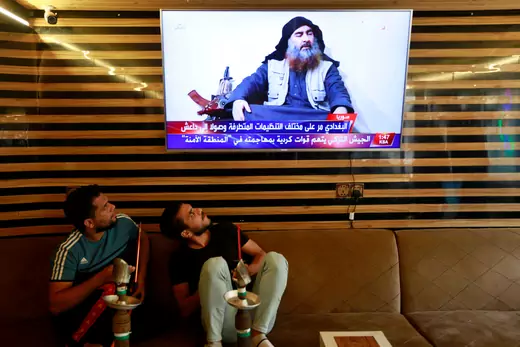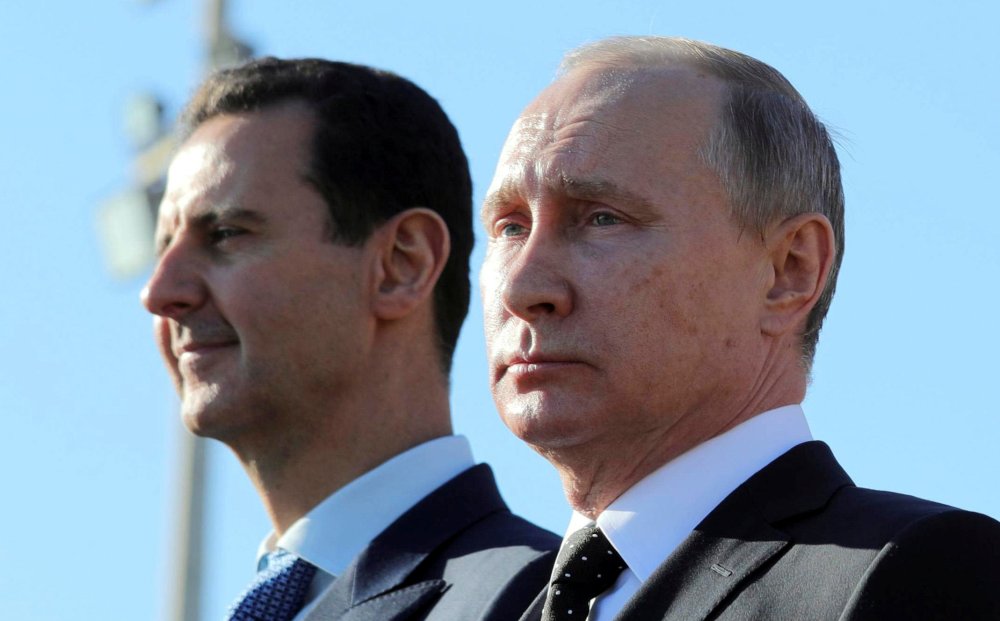Xi Jinping, President of China visited Nepal on his way back from Mamallapuram for two days from 12th October.
Prime Minister Oli in his twitter message described the visit as “immensely successful”. On the other hand, the Chinese side would have been disappointed that they could not get Nepal sign the extradition treaty on which they were very keen.
During Xi Jinping’s visit over 20 agreements and memorandum of understandings were signed that covered a whole gamut of issues with a focus on connectivity on ports, roads, railways, aviation, communication under a new term “overarching framework of “Trans Himalayan Multi-dimensional Connectivity Network”. The key words in most of the projects though not mentioned was “strategic connectivity”.
The agreements also included the Kathmandu-Kerung Railway project and a commitment to Kathmandu- Pokhara-Lumbini Railway project, reconstruction of Arniko Highway, roads leading to Kerung from Syburbesi and Tatopani leading to Khasa on the two frequently used border points. Three economic corridors aligned with the three major River systems of Nepal- the Karnali, Gandaki and the Kosi were also considered. Significantly, the Nepalese side sought Chinese help in a construction project on the Kimathanka( the lowest part of the Himalayan Chain on the Nepal Tibet border ) Leguwaghat section of the Kosi Highway.
Nepal got a clearance for another consulate in Chengdu.


















/arc-anglerfish-arc2-prod-mco.s3.amazonaws.com/public/TXYBVZAICFGEHEBMHXAXWNXLTQ.jpg)

